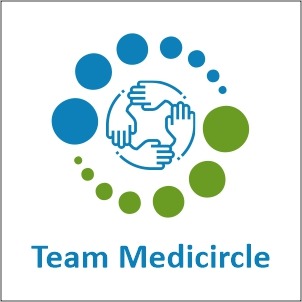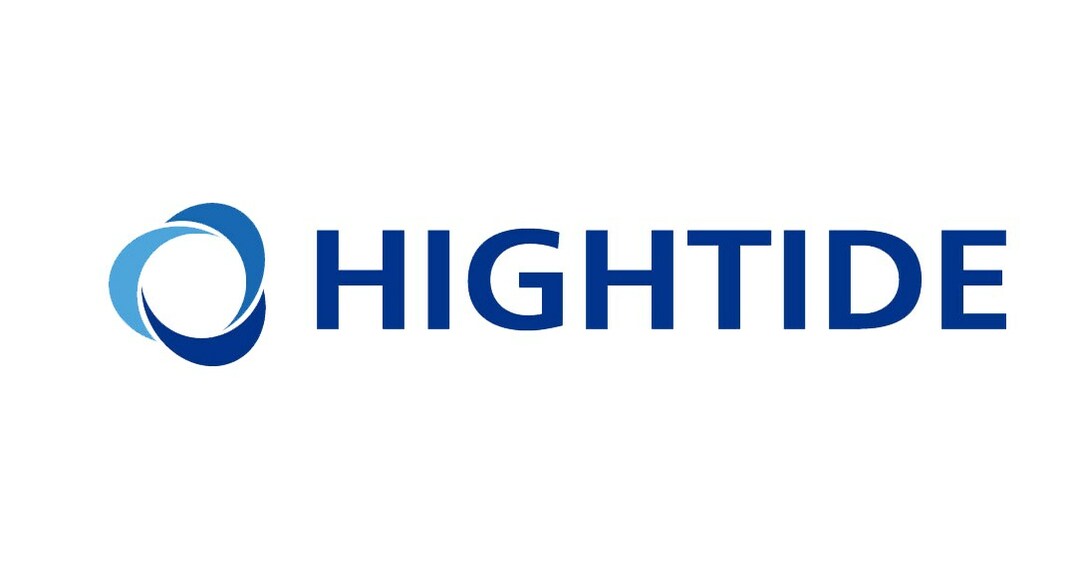Leprosy (also known as Hansen’s disease), once feared as an incurable disease, is now treatable with modern medicine. When diagnosed early and accurately, and treated early with right medicines, it is not disabling too. But leprosy-related stigma and discrimination continues to cause havoc in lives of people affected with leprosy and blocks access to care even today.
Maya Ranavare, who is a person affected by leprosy from Maharashtra state in India and President of Association of People Affected by Leprosy (APAL), said that her parents too were affected by the disease. “Ending stigma and discrimination for persons affected by leprosy is critical because it affects every facet of life, be it social status, employment, education, marriage, or access to basic amenities. Unfortunately, despite advancements in medicine and technology, leprosy related stigma still exists. To break this vicious cycle, it is essential to foster awareness and education.”
Global Appeal 2025 launched to end leprosy-related stigma and discrimination
To mark World Leprosy Day 2025, a Global Appeal 2025 to end stigma and discrimination against persons affected by leprosy was launched from Odisha (one of the high leprosy burden states in India) with endorsement from ministries of health of 56 countries worldwide.
The World Health Organization (WHO) Goodwill Ambassador for Leprosy Elimination Yohei Sasakawa said that 2025 marks 20th anniversary since the Global Appeal was first launched in 2006 in India, home to largest number of people affected by leprosy worldwide. Since then, several Nobel Peace Prize laureates and other influential leaders have endorsed the call to end leprosy-related stigma and discrimination. “If we join hands and combine our efforts the vision of a leprosy free world is not an impossible dream- together we can make it possible,” said Sasakawa.
The Global Appeal 2025 launch, co-hosted by the WHO and Sasakawa Leprosy (Hansen’s Disease) Initiative, brought together persons affected by leprosy from many Indian states, Odisha state government’s Ministry of Health and several other experts and advocates for leprosy elimination.
Launch of Global Appeal 2025 began with the message from Jayanti Pradhan, a person affected by leprosy from Odisha. “Despite advancements in treatment, many people with leprosy still face stigma and discrimination due to myths and misconceptions and harmful stereotypes. The fear of rejection often prevents people from seeking diagnosis and treatment, leaving many cases undetected.”
Early diagnosis is entry-gate towards treatment and care pathway
Indian Minister of Health and Family Welfare JP Nadda’s message said: “If leprosy is diagnosed early, the person can lead a normal health life. Delay in diagnosis may lead to disabilities. Leprosy is not just a health issue. It is also a social issue. Stigma and discrimination hinder the progress towards eliminating the disease and violate the rights of the humans who are affected by it.”
Mukesh Mahaling, Minister of Health and Family Welfare, Odisha government, said that “Indian government as well as Odisha government has a roadmap to eradicate leprosy by 2030. Leprosy disease is curable.”
Dr Nilakantha Mishra, Director of Public Health, Ministry of Health and Family Welfare, Odisha said that “Unless we eliminate stigma and discrimination, people would face hindrances to get diagnosed and cured – and prevent complications like leprosy-related disabilities.”
Every Monday is Leprosy Day in Odisha
Dr Kshetra Mohan Kand, Additional Director Health (Leprosy) for Odisha state government in India said that leprosy prevalence in India is 0.60 per 10,000 population whereas in Odisha it is 1.48 (target is to reduce the prevalence to below 1 per 10,000 population). Likewise, 7.4 new leprosy cases are detected in India annually per 100,000 population but in Odisha, the number goes up to 18.2 per 100,000 population (target is to reduce number of new cases per year to under 10 per 100,000 population). There are 13 high leprosy districts in Odisha. Leprosy is declared as a reportable disease in Odisha so that private doctors can refer the people to receive full course of leprosy treatment from the government. Every Monday is declared as “Leprosy Day” so that all health services like provision of medicine, examination those with presumptive leprosy, ulcer dressing, physiotherapy, counselling and other necessary services are available on the same day.
We must not forget leprosy, says Yohei Sasakawa
“With the introduction of WHO-recommended multidrug therapy (MDT) in the early 1980s, leprosy became easier to treat. Based on the impact of MDT, a World Health Assembly resolution in 1991 set the goal of eliminating leprosy as a public health problem at the global level by the year 2000, with elimination defined as a disease prevalence of less than 1 case per 10,000 population. This was duly achieved, and by 2010, all but a handful of countries had eliminated leprosy as a public health problem at the national level. The number of leprosy patients worldwide has fallen from around 5 million in the 1980s to less than 200,000 new cases reported each year today,” said Yohei Sasakawa, WHO Goodwill Ambassador for Leprosy Elimination and Chairperson of The Nippon Foundation, Japan, in his message to mark World Leprosy Day 2025.
Sasakawa added: “But leprosy still exists… there are people in some countries without access to desperately needed treatment. There are people living with disabilities caused by leprosy who need lifelong support, and many people affected by leprosy and their families still face discrimination and marginalisation based on old stereotypes and superstitions. Fear of discrimination makes some people reluctant to seek treatment. Others are misdiagnosed because health workers do not recognise the symptoms of leprosy early enough, and their condition worsens. Still others do not receive appropriate treatment, especially for painful and potentially fatal leprosy reactions. We must work harder to ensure that health systems are able to deal appropriately with each patient, and that health workers and the general public are aware of leprosy. We must not allow neglect, ignorance or indifference to get in the way. On World Leprosy Day 2025, let’s unite under the WHO’s banner “Towards Zero Leprosy” and work together to end discrimination and ensure that everyone affected by leprosy receives the treatment and support they need. We must not forget leprosy.”
Agrees Dr Takahiro Nanri, President of Sasakawa Health Foundation and Sasakawa Leprosy (Hansen’s Disease) Initiative: “Unfortunately people affected with leprosy and their family members are still facing a lot of stigma and discrimination. We need to end all forms of leprosy-related stigma and discrimination. We will continue to issue the Global Appeal to end it until we are able to realise our vision of having a world where no one is suffering from leprosy - and a world where Global Appeal is no longer needed."
Raise awareness about leprosy to “Unite. Act. Eliminate.”
According to the WHO, leprosy is a chronic infectious disease caused by a type of bacteria, Mycobacterium leprae (also known as Mycobacterium lepromatosis). The disease affects the skin, the peripheral nerves, the mucosa of the upper respiratory tract and the eyes. Left untreated, the disease may cause progressive and permanent disabilities. The bacteria are transmitted via droplets from the nose and mouth during close and frequent contact with untreated cases. The disease does not spread through casual contact (like shaking hands or hugging, sharing meals or sitting next to each other). The patient stops transmitting the disease upon initiation of treatment. Leprosy is curable with multidrug therapy (MDT). Leprosy is reported from all the six WHO regions; most annual new case detections are from South-East Asia Region.
Leprosy occurs in more than 120 countries, with around 200,000 new cases reported every year. The reduction in the number of new cases has been gradual. As per data of 2023, Brazil, India and Indonesia continue to report more than 10,000 new cases, while 12 other countries (Bangladesh, Democratic Republic of the Congo, Ethiopia, Madagascar, Mozambique, Myanmar, Nepal, Nigeria, Philippines, Somalia, Sri Lanka and the United Republic of Tanzania) each reported 1000–10,000 new cases.

 The reduction in the number of new cases has been gradual. As per data of 2023, Brazil, India and Indonesia continue to report more than 10,000 new cases, while 12 other countries (Bangladesh, Democratic Republic of the Congo, Ethiopia, Madagascar, Mozambique, Myanmar, Nepal, Nigeria, Philippines, Somalia, Sri Lanka and the United Republic of Tanzania) each reported 1000–10,000 new cases.
The reduction in the number of new cases has been gradual. As per data of 2023, Brazil, India and Indonesia continue to report more than 10,000 new cases, while 12 other countries (Bangladesh, Democratic Republic of the Congo, Ethiopia, Madagascar, Mozambique, Myanmar, Nepal, Nigeria, Philippines, Somalia, Sri Lanka and the United Republic of Tanzania) each reported 1000–10,000 new cases.






.jpeg)
.jpeg)
_(1)_(1)_(1).jpeg)
_(1).jpeg)

.jpeg)


.jpeg)
.jpeg)





.jpeg)


.jpeg)
.jpeg)
.jpeg)






.jpeg)